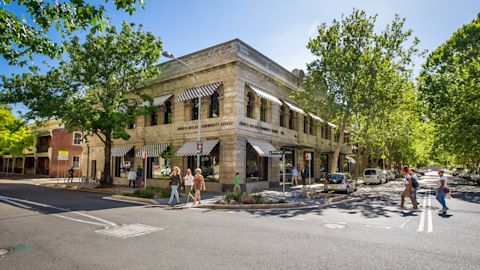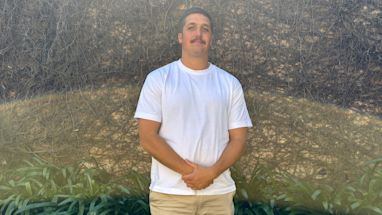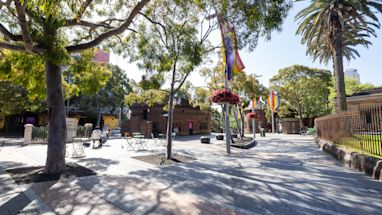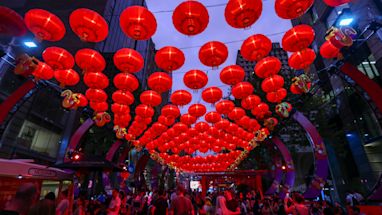A woman whose disappearance sits at the heart of one of Australia’s most enduring mysteries is the namesake of a City of Sydney renovated historic community hub.
The Juanita Nielsen Community Centre in Woolloomooloo is named after the publisher, conservationist and community activist who went missing on 4 July 1975 following her vocal protest against the demolition of historic buildings in the area. It's widely believed Juanita Nielsen was kidnapped and murdered because of her stance against development and corruption.
Her outspoken editorials and brave campaigning saved much of historic Sydney from being demolished, including the community centre named in her honour. She supported the Green Bans strikes by trade unions and local communities in the 1970s to protect local heritage and conserve the environment.
Juanita Nielsen was born in 1937 as heiress to great-grandfather Mark Foy’s department store fortune. She was educated at several exclusive schools and worked at the store as a glove model from 1953 until she travelled abroad in 1959, where she married a Danish seaman.
Ms Nielsen returned alone to Sydney in 1965, moved into a terrace house at 202 Victoria Street in Potts Point, and took over publishing the local newspaper NOW in 1968.
As development started to invade her street in 1973, and poorer tenants began to be evicted, Ms Nielsen took on an editorial campaign where she questioned the future of Kings Cross and pressed against new development in Victoria Street.
She investigated the threats, violence and pressure placed on tenants who stood in the way of some developers.
People power and community justice
“Juanita Nielsen was an agitator with courage and passion,” City of Sydney historian Lisa Murray said.
“She was at the forefront of the groundswell of community action taking place in Woolloomooloo and Potts Point that challenged the vision of developers and governments.
“She banded with local residents to lobby for social equity and a greater say in their suburb’s redevelopment. Their actions were part of the wider struggle of the 1970s Green Bans that saved many of Sydney’s historical buildings.
“Her disappearance serves as a sinister reminder of the menace and violence endured by many who spoke out at this time. Juanita Nielsen remains a symbol of people power and community justice.”
The mystery of her death has never been solved, but her Victorian-era terrace remains and is listed on the NSW State Heritage Register.
Ms Nielsen’s contribution in supporting housing affordability, environmental amenity and local heritage was reinforced by the City of Sydney in 1984 when the 19th century warehouse was first remodelled and named Juanita Nielsen Community Centre.
Lord Mayor Clover Moore launched the refurbished centre on Saturday 19 November 2016 at an open day.
Renovations to the centre included a revamped gymnasium, community halls and refurbished facilities that include a new range of classes and activities for people of all ages.
Find out what's on at Juanita Nielsen Community Centre.
Published 21 November 2016, updated 4 July 2022



